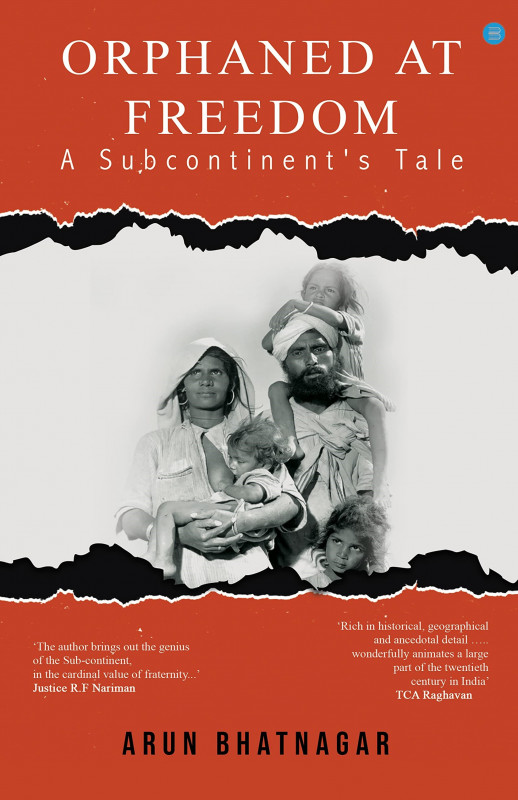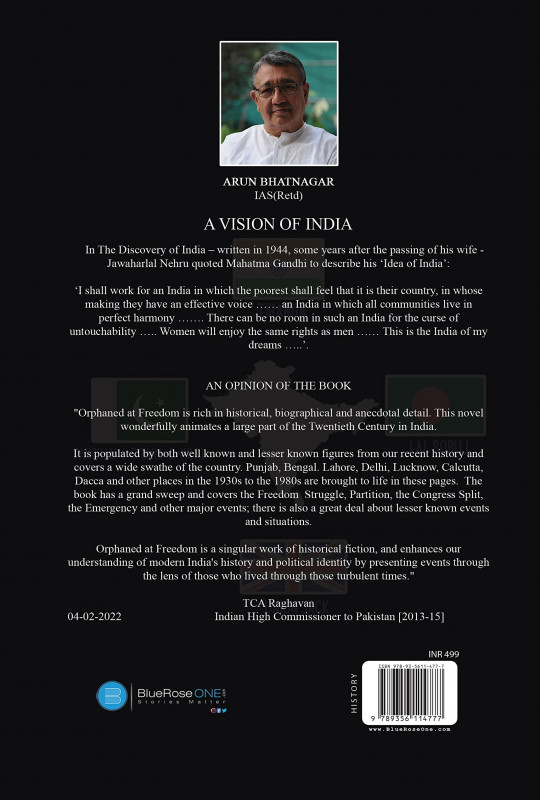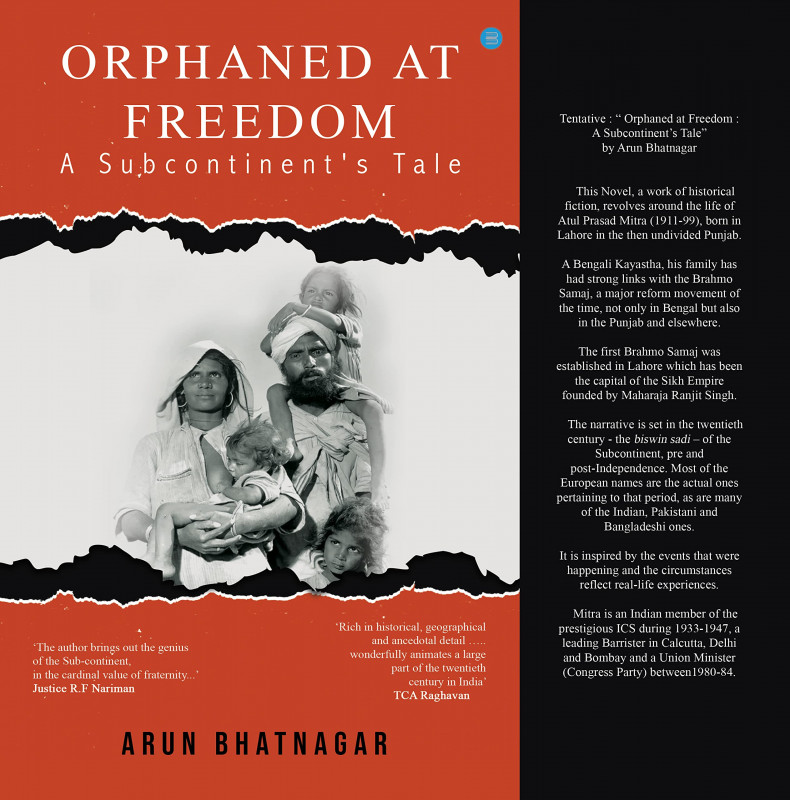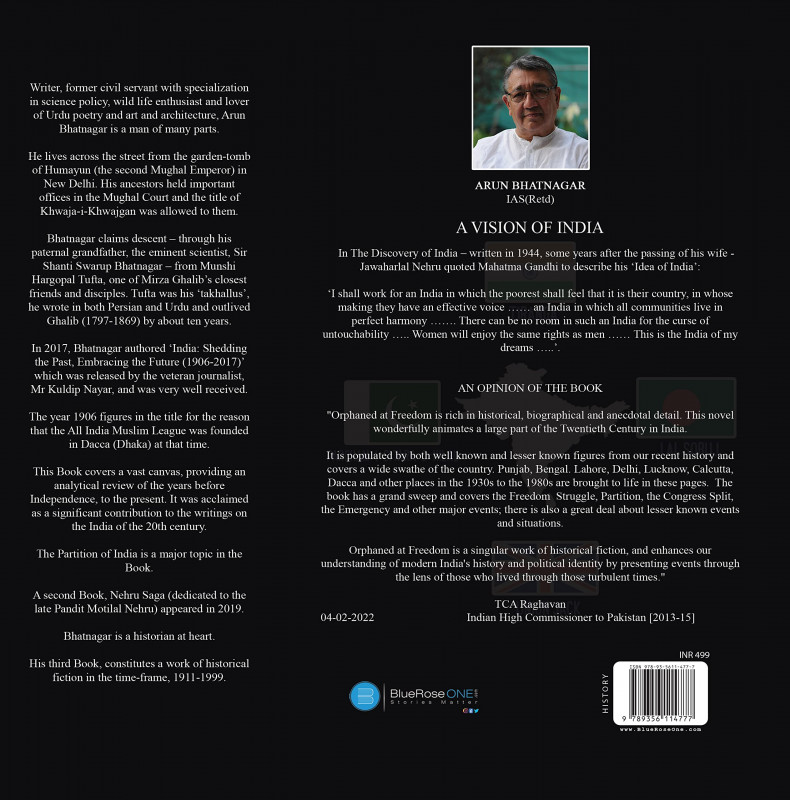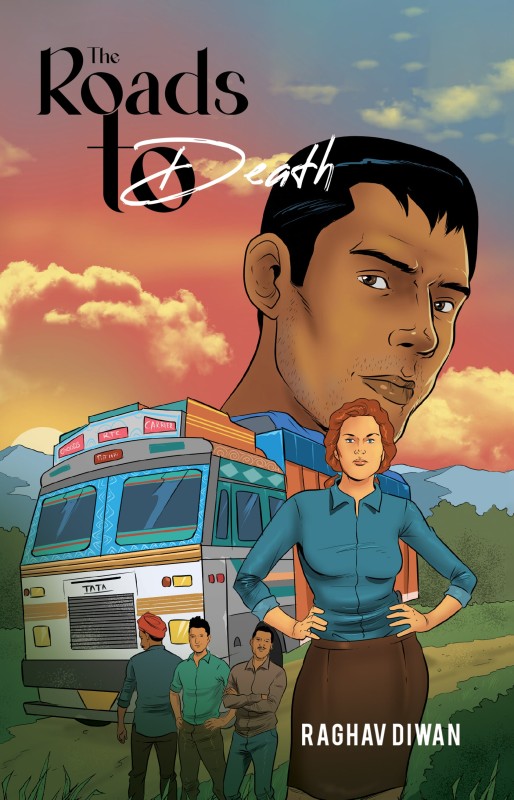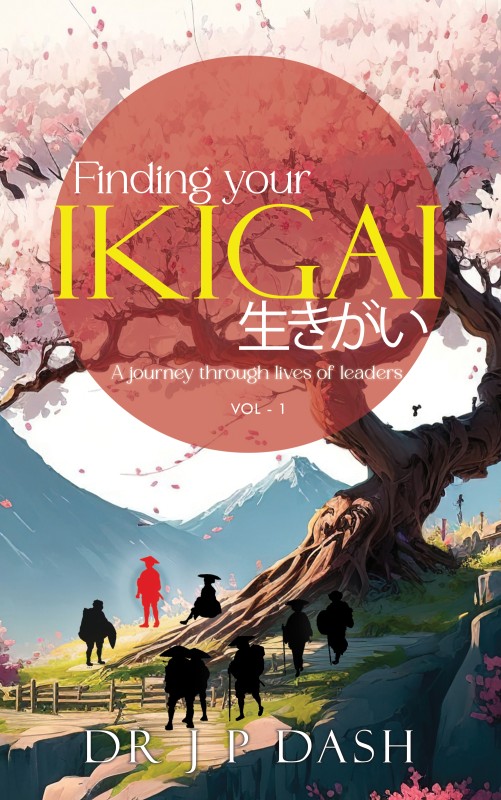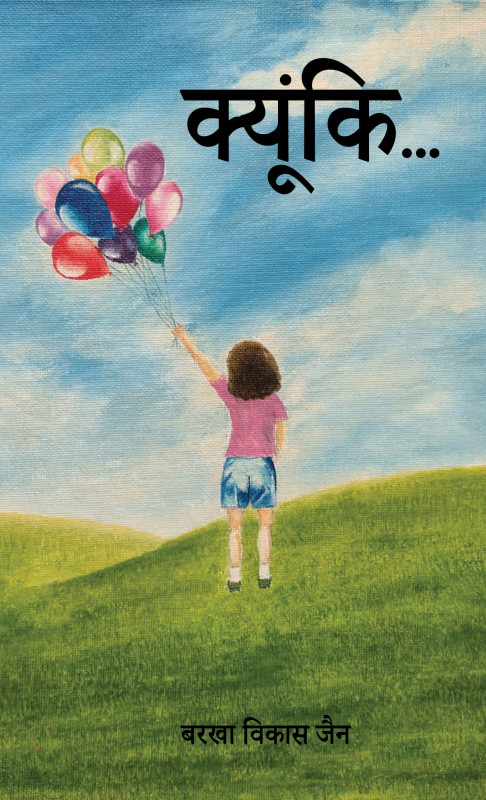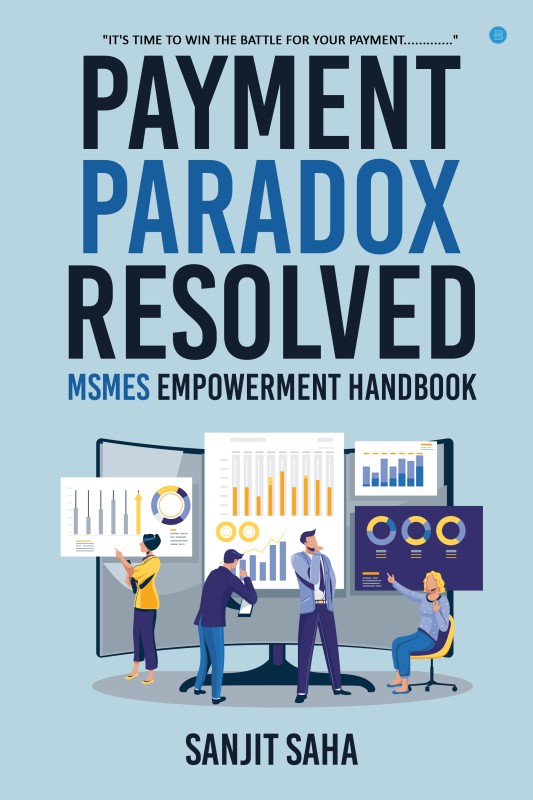Orphaned at Freedom - A Subcontinent's Tale (Paperback)
by Arun Bhatnagar | 06-Jun-2022
(0)
In the middle of August, 1947, two nations – the Dominion of India and the Dominion of Pakistan – came into being through a Partition of the British Indian Empire. The Princely States, which owed their existence to the British, acceded to either o...
Original
Books
Fastest
Delivery
7-day
Replacement
Book Details
- Language : English
- Pages : 344
- ISBN : 9789356114777
- Genre: ACADEMIC
- Size : 5" x 8"
- Binding Type : PAPERBACK
- Age Group: + Years
- Paper Type : NATURAL SHADE
- Interior : BLACK & WHITE
- Cover : GLOSS FINISH
- Book Type : PAPERBACK
- Tags : Orphaned at Freedom,A Subcontinent's Tale,Academic,History
-
Best Sellers Rank :
#29 in Academics
#146 in Global
Reviews
There are no reviews for this product yet.

 USD
($)
USD
($) AUD
($)
AUD
($) CAD
($)
CAD
($) EUR
(€)
EUR
(€) HKD
($)
HKD
($) MYR
(RM)
MYR
(RM) GBP
(£)
GBP
(£)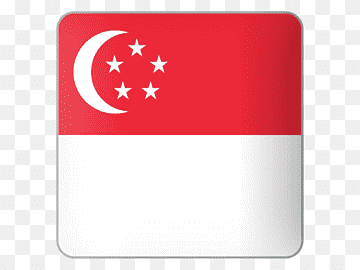 SGD
($)
SGD
($)
